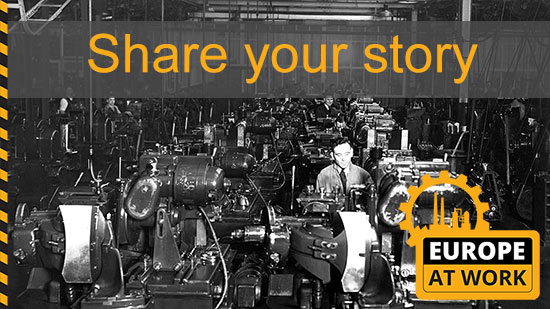Is a paperless office possible? In this blog discover tips about workflows and processes helping to stop wasting paper while encouraging productivity and mindfulness.
What do you say when you discover the work paper recycling box is absolutely empty? Well I would say, ‘Congratulations, everyone!’ with a big smile. Paperless office achieved.
The term 'Paperless Office' (according to Wikipedia) was introduced in 1978 by Micronet, Inc., an automated office equipment company, and over the following decades has evolved into a highly visible movement with plenty of good intentions.

Just think, if each of us, in every office, in every city, took just small steps, this action could actually snowball into something greater than the sum of its parts. Imagine a workplace where none of us chooses processes that involve bleached-wood-pulp-brews; organic matter soaked in water, pressed into sheets, and cut to size. Paper comes from trees, and it is those trees that support the green lung of our blue planet.
Today, our offices probably can't go completely paperless, but hopefully these suggestions will at least help us embrace workflows and processes that stop wasting paper while at the same go some way to improve productivity and, with that, our personal state of mind.
Tip 1 - Step away from the printer
Firstly, make it a little more difficult to print.
In time gone by, manuscripts were painstakingly copied out by hand - so only the very important documents got created. Now, we can, and often do, print everything out.
A simple change for the workplace would be to have fewer printers so that people will have to make more effort to retrieve their printouts. Human nature, being what is, won't find this as convenient as having a printer at arm's reach. Another simple solution is a double-monitor setup. By cross-referencing documents on two screens, we rely less on print-outs for comparison. A small step but one that is surprisingly effective!
RELATED: Read blog: From quills to typewriters: how the industrial revolution changed our writing culture
Tip 2 - Save and share via the cloud
Europeana Collections has centralised the holdings of thousands of libraries, archives and museums into a single, consolidated digital entity - it is, in fact, a paperless archive – pretty amazing if you ask me.
When you find something specific – an artist, composer, or an object that you would like to present to your classroom or colleagues the next day – all you need to do is to save – ideally to a cloud that supports share-ability.
A paperless environment, however, is as much a state of mind as it is a practical roadmap – a catalyst for inspiring others to be as climate-neutral as possible. Do your bit and before long, we’ll all be taking paper out of the workflow, choosing email presentations instead of printable promotions, Tik Toks instead of birthday cards, barcodes instead of tickets, and podcasts instead of pamphlets.
RELATED: Read blog: The human crisis and the three Es: Environment, Equality and Endangered
Tip 3 - Make friends with a pot plant
And one more thing… if you can, don’t forget to bring a desk plant to work to improve indoor air quality, to add some nature to the office environment and create a cleaner, happier space for you to work in.
By Susan Hazan, The Israel Museum
Europe at Work: Share your story
Share your story about working in offices across Europe, and help us tell the story of Europe through our working lives in the past and the present.
Feature image: Biblioteca del Monestir, Ajuntament de Girona, Public Domain

